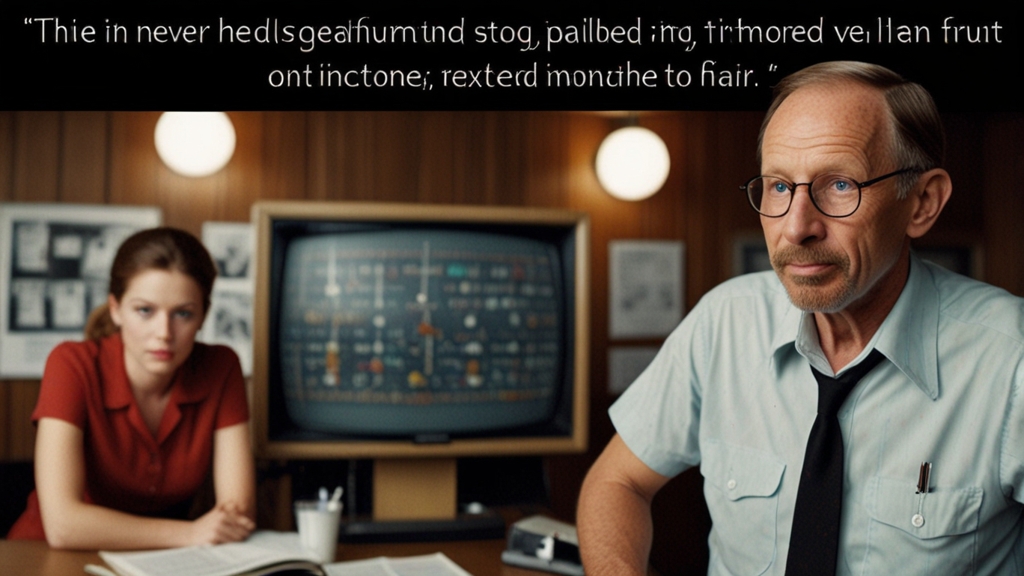The Clash of Interpretations: Different Views on Revelation
The Book of Revelation, the final book of the New Testament, has intrigued, fascinated, and perplexed readers for centuries. This enigmatic text, attributed to John of Patmos, is laden with vivid imagery, symbolic figures, and prophetic visions. Over the years, scholars, theologians, and lay readers have put forth diverse interpretations of its content, underscoring the profound impact of context, theology, and perspective on understanding this seminal work.
Historical-Critical Perspective
One of the predominant scholarly methods in scriptural study is the historical-critical approach. This perspective seeks to understand Revelation within the context of its original composition, considering the historical, social, and political circumstances of the late first century CE. Proponents of this view argue that Revelation was a response to Roman imperial tyranny and a source of hope for early Christians facing persecution. The imagery of beasts and dragons is seen as symbolic representations of Rome and its emperors, while the promise of a new heaven and earth offers a compelling vision of divine justice and ultimate victory.
"To grasp the essence of Revelation, we must put ourselves in the shoes of its earliest readers, oppressed and hunted, for whom this text was a beacon of hope and a call to resilience." – John Collins, Biblical Scholar
Preterist Interpretation
Closely related to the historical-critical approach is the preterist perspective. Preterists contend that most of the prophecies in Revelation were fulfilled in the early centuries of the Christian era. They emphasize that the symbols and events described are linked to first-century events, especially the fall of Jerusalem in 70 CE and the destruction of the Second Temple. From this viewpoint, Revelation is less about foretelling distant future events and more about describing divine judgment and vindication in the near historical context of its writing.
Futurist Interpretation
On the other end of the spectrum lies the futurist interpretation. Futurists believe that the majority of Revelation's prophecies are yet to be fulfilled. This perspective views the text as an outline of future events leading to the end of the world and the second coming of Christ. Many evangelical Christians and adherents of dispensationalism subscribe to this interpretation, focusing on the detailed timelines, sequences of judgments, and the ultimate millennial reign of Christ. This approach has significantly influenced popular culture, as seen in works like the "Left Behind" series.
"Revelation is a roadmap for the end times, a divine script that lays out the final act of human history. It compels us to be vigilant and prepared for Christ's return." – Tim LaHaye, Evangelical Theologian
Idealist Interpretation
The idealist or symbolic interpretation offers a different stance, suggesting that Revelation is not tied to specific historical events, whether past or future, but rather conveys timeless spiritual truths. Idealists see the text as an allegory of the perpetual struggle between good and evil, highlighting the ultimate triumph of God over the forces of darkness. This view tends to focus on the moral and theological lessons embedded in Revelation, encouraging readers to draw inspiration and guidance for their own spiritual journeys.
Eclectic Approaches
Given the complexity and richness of Revelation, some scholars and readers adopt eclectic interpretative methods, combining elements from various perspectives. This hybrid approach acknowledges that Revelation can simultaneously address historical events of its time, offer prophecies about the future, and present enduring moral lessons. By embracing multiple viewpoints, this method seeks a more holistic understanding of Revelation's multifaceted message.
"Revelation is like a diamond—its brilliance lies in its ability to refract light in countless directions, offering a spectrum of meanings and insights to those who dare to delve into its depths." – Elaine Pagels, Religious Historian
Conclusion
The diverse interpretations of Revelation reflect more than differing views on a single biblical text; they reveal the dynamic interplay between scripture and its readers, shaped by varying contexts, beliefs, and experiences. Whether seen as a historical document, a prophetic blueprint, an allegorical tale, or a combination thereof, Revelation continues to evoke a profound engagement with its mysteries. By exploring these different interpretations, readers gain not only a deeper understanding of the text but also a richer appreciation for the vast tapestry of perspectives within the broader Christian tradition.








